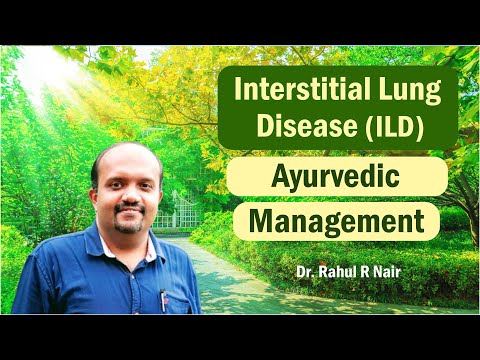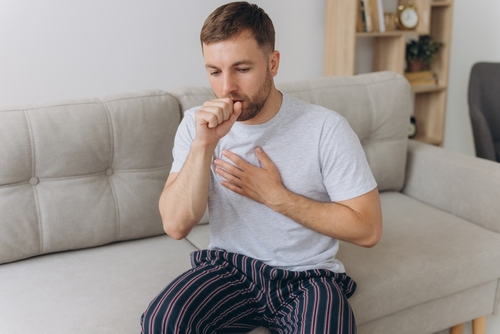
What is Interstitial Lung Disease?
The term "interstitial" lung disease refers to a broad category of illnesses, the majority of which result in lung tissue scarring that worsens with time. Eventually, interstitial lung disease-related scarring impairs your breathing and reduces the amount of oxygen reaching your circulation.
Persistent exposure to dangerous substances, including asbestos, can result in interstitial lung disease. Additionally, interstitial lung disease can be brought on by some inflammatory disorders, such as rheumatoid arthritis. At Ayur Bethaniya, we provide a wide range of specific Ayurvedic therapies for interstitial lung disease in addition to traditional Panchakarma treatments. Our approach to care is comprehensive and specialist, going beyond traditional medicine to promote healing.
Causes of Interstitial Lung Disease
Examining the key factors behind Interstitial Lung Disease
Book NowSymptoms of Interstitial Lung Disease
Ayurvedic Insights into Interstitial Lung Disease Symptoms
Book Now
Manage Interstitial Lung Disease Naturally With Ayurveda
For interstitial lung disease, panchakarma often entails a variety of therapies that are catered to the individual's specific needs. Here are some Panchakarma treatments that may be used:
Virechana (Therapeutic Purgation): This procedure uses herbal laxatives to purge the body of toxins and cleanse the digestive system. It facilitates better digestion, toxin removal, and inflammation reduction.
Nasya (Nasal administration): Ayurvedic treatment for Interstitial lung disease like Nasya therapy entails the inhalation of herbal or medicinal mixtures or medicated oils. It assists in opening up the airways, easing congestion, and enhancing the flow of life force energy (prana) throughout the body.
Abhyanga (Ayurvedic oil massage): This type of Ayurvedic treatment for Interstitial lung disease entails massaging the entire body with particular herbal oils. Abhyanga is beneficial for enhancing circulation, calming the body, and fostering general well-being.
Swedana (Herbal steam therapy): Swedana includes the therapeutic use of herbal steam to induce sweating and open up the pores. It aids in toxin removal, inflammation reduction, and lung function enhancement.
Contact us to get the best Ayurvedic Treatment for Interstitial Lung Disease in Kerala
Ayurvedic Treatment
Ayur Bethaniya for Ayurvedic Treatment for Interstitial Lung Disease in Kerala
Book NowThe primary goal of Ayur Bethaniya is to eliminate the dosha from the body through herbal remedies, oils, dietary restrictions, and workouts. We provide top-notch facilities and qualified staff for Ayurvedic treatment options, including Panchakarma treatment.
Our team of experts in Ayurvedic treatment for Interstitial lung disease at Ayur Bethaniya will perform a thorough evaluation of the patient, taking into account things like hereditary illnesses, medical history, the intensity of symptoms, and other pertinent features. The purpose of this thorough analysis is to determine the disease's fundamental aetiology. To make a more accurate diagnosis, additional diagnostic testing including blood tests and MRIs may in some circumstances be advised.
The symptoms of the patient are extremely important in identifying the degree of dosha accumulation and the underlying reason for the issue. Our specialised doctors in Ayurvedic treatment for Interstitial lung disease will create an effective Ayurvedic treatment strategy by thoroughly examining these symptoms.
Feel free to contact us for your queries regarding Ayurvedic treatment for Interstitial Lung Disease in Kerala.


